Feeling like your money is slipping through your fingers? You’re not alone. Budgeting can feel restrictive, but the truth is that it’s a powerful tool that empowers you to take control of your finances and achieve your financial goals. Here’s how to create a budget that fits your lifestyle, along with some helpful apps and common mistakes to avoid.
Step 1: Track Your Income and Expenses
Awareness is key. Before creating a plan, you need to understand where your money goes. Gather your pay stubs and bank statements for the past few months. Categorize your income (after taxes) and expenses. Fixed expenses (rent, utilities, loan payments) stay the same each month. Variable expenses fluctuate (groceries, gas, entertainment).
Step 2: Set SMART Goals
What do you want to achieve with your budget? Do you dream of a vacation, a down payment on a house, or simply feeling financially secure? Make your goals Specific, Measurable, Attainable, Relevant, and Time-bound. Instead of “save more,” aim for “save $500 for a vacation fund by next quarter.”
Step 3: Choose Your Budgeting Method
There’s no one-size-fits-all approach. Popular methods include:
- 50/30/20 Rule: Allocate 50% of income to needs (housing, food), 30% to wants (entertainment, dining out), and 20% to savings and debt repayment.
- Envelope System: Withdraw cash for different spending categories and stick to the allocated amount.
Step 4: Embrace Budgeting Apps
Technology can simplify budgeting. Here are a few options:
- Mint: Tracks spending, categorizes transactions, and helps create budgets.
- You Need a Budget (YNAB): Encourages proactive budgeting by assigning incoming income to specific categories.
- Personal Capital: Offers a holistic view of your finances, including budgeting, net worth tracking, and investment management tools.
Step 5: Track Your Progress and Adjust as Needed
Budgets are living documents, not set-in-stone edicts. Regularly review your spending and income. Are you sticking to your plan? Are there areas where you can cut back? Adjust as needed to reflect your changing needs and goals.
Common Budgeting Mistakes to Avoid
- Not Being Realistic: Don’t set yourself up for failure with an unrealistic budget. Start with small, achievable goals and gradually adjust.
- Ignoring Fixed Expenses: Focus on what you can control, but don’t forget to account for necessary expenses.
- Not Tracking Everything: Every penny counts. Track all your spending, including small, everyday purchases.
- Forgetting Sinking Funds: Plan for predictable but irregular expenses (car repairs, holiday gifts) by setting aside a bit of money each month.
Final Thought
Creating a budget empowers you to make informed financial decisions and reach your financial goals. With a little discipline and the right tools, you can take control of your money and build a secure financial future.








